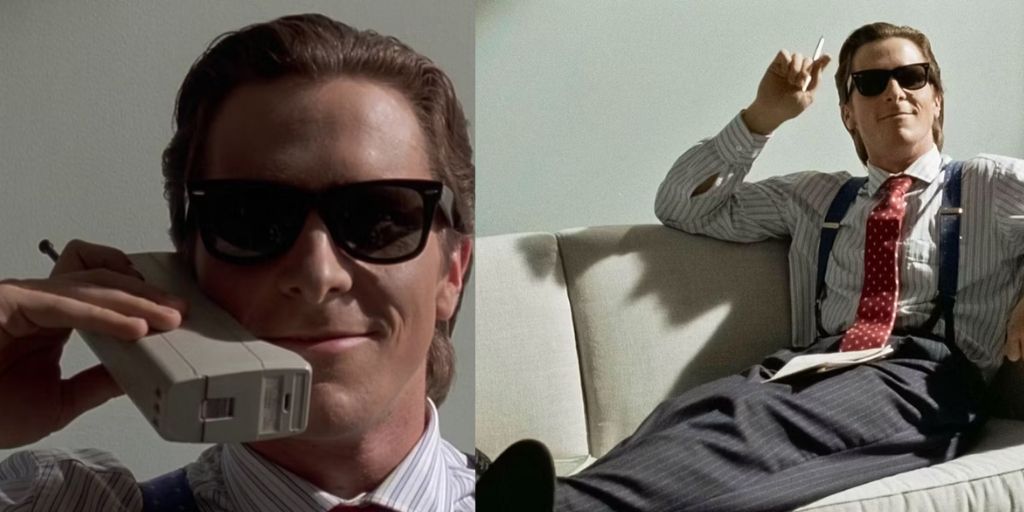The ending of the black comedy horror film American Psycho has sparked heated debates among movie lovers. Directed by Mary Harron and based on Bret Easton Ellis’s 1991 novel, American Psycho tells the story of Patrick Bateman (played by Christian Bale), a wealthy New York City investment banking executive by day and a psychopathic serial killer with a diverse music collection by night.
As Bateman goes on a killing spree, things take a strange turn when he encounters an ATM with an unusual request: “Feed me a stray cat.”
What Is American Psycho About?
American Psycho is unforgettable, much like the novel it is based on. The film centers on a rich New York City investment banker who is also a serial killer. But American Psycho is far from simple. Christian Bale fully embodies the role of Patrick Bateman, and his performance is legendary.
Bateman is charming and polished on the surface, but underneath, there is a violent and animalistic side. This odd mix keeps viewers both horrified and engaged. Bateman symbolizes the conflict between outward perfection and inner chaos.
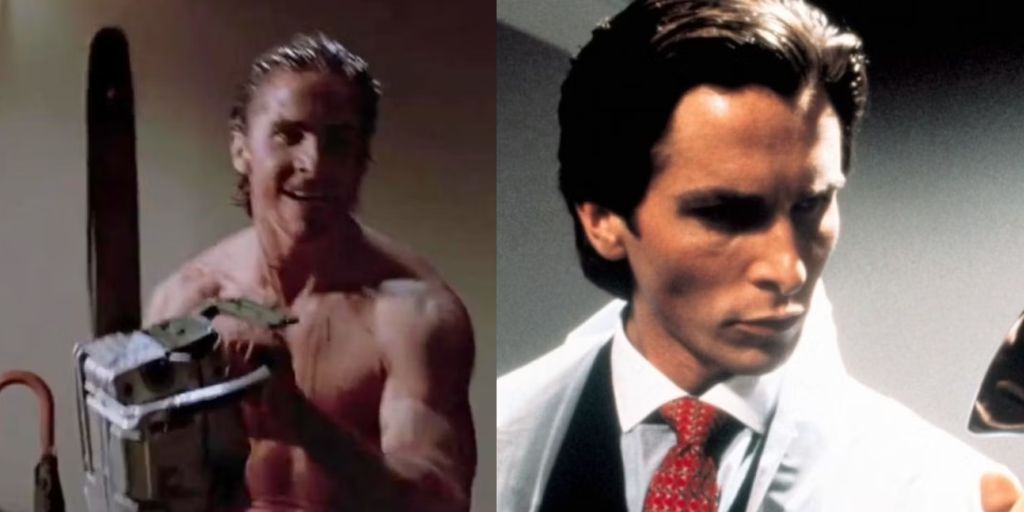
As the plot unfolds, Bateman’s actions escalate from calculated killings, like the brutal murder of his colleague Paul Allen (played by Jared Leto), to pure impulsive violence. Beneath the horror and confusion, American Psycho offers a critical look at capitalism, corporate greed, and the emptiness that can come with wealth.
What Happens at the End of American Psycho?
Throughout much of the film, viewers can suspend disbelief that Patrick Bateman somehow gets away with his brutal crimes — after all, American Psycho is a satire. But when Patrick tries to feed a stray kitten to an ATM, the film takes a turn, raising questions about how much of Patrick’s crimes are real.
This puzzling situation gives American Psycho its unsettling atmosphere. The story is told from Patrick’s perspective, and he quickly becomes an unreliable narrator in the film’s last 30 minutes.
After a passerby sees him holding the kitten and demands to know what he is doing, Patrick shoots the woman and flees. The cops chase him, and in an alleyway shootout, he somehow manages to kill a few officers and blow up a police car. Patrick is as surprised by these events as the viewers are.
Patrick runs to what he thinks is his office at Pierce & Pierce, but he realizes he has gone to the wrong building. After killing a security guard and custodian, he finally arrives at the right place.
Panicking in his office, Patrick calls his lawyer, Harold (played by Stephen Bogaert), and confesses to his crimes in a state of hysteria, laughing and crying as he leaves the message on Harold’s answering machine. He admits to killing between 20 and 40 people, losing count along the way.
He even confesses to taping some of his crimes, eating parts of his victims’ brains, and attempting to cook them. Specifically, he admits to killing Paul Allen with an ax to the face, saying Paul’s body is dissolving in a bathtub in Hell’s Kitchen. Patrick says he will meet Harold at Harry’s Bar the next day.
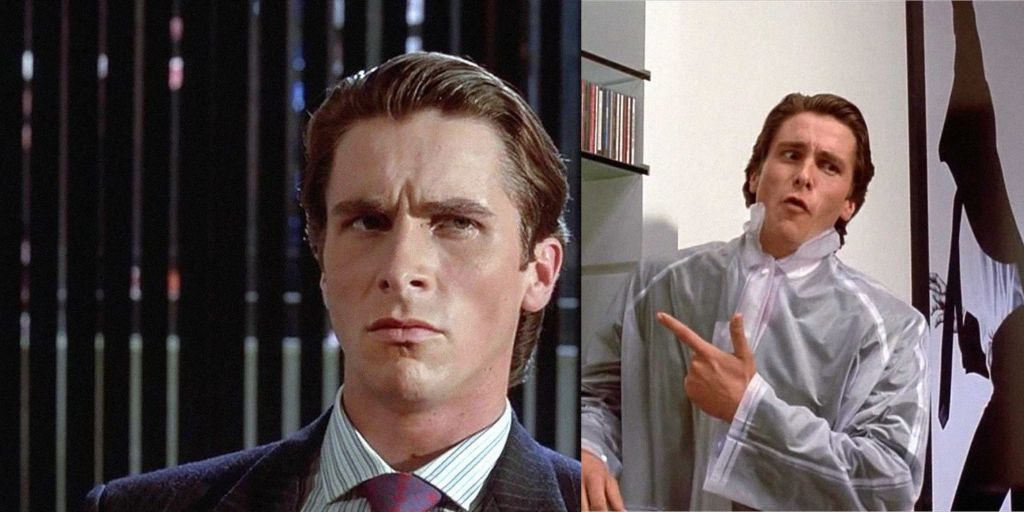
The following morning, Patrick puts on one of his perfectly pressed suits and, wearing a face mask, enters Paul’s apartment. Expecting to find the mutilated body parts he left there, he is shocked to find the place vacant and up for sale. When a realtor approaches him, Patrick pretends to be a potential buyer.
He asks if this is Paul Allen’s apartment, but she gives him a suspicious look and tells him he is mistaken, advising him to leave and never return.
The End of American Psycho Is Meant To Be Unclear
Patrick leaves and calls his assistant Jean (played by Chloë Sevigny) from a payphone, sounding hysterical and unstable, telling her he might not make it to the office.
Concerned by the bizarre call, Jean checks Patrick’s appointment book. She is horrified to find it filled with disturbing drawings of murdered and mutilated women. It becomes clear that Jean may have narrowly avoided a terrible fate.
Meanwhile, Patrick goes to Harry’s Bar and spots Harold. When Patrick approaches him, Harold, mistaking him for someone named “Davis,” laughs off the message Patrick left, thinking it was a joke. Harold even calls “Patrick Bateman” a “boring, spineless lightweight” who could never commit murder.
Desperately, Patrick insists that he is Patrick Bateman and that he did kill all those people, including Paul. But Harold dismisses this, saying it is impossible because he recently had dinner with Paul in London.
Confused and unsettled, Patrick returns to his table, where his friends are watching Ronald Reagan give a speech on TV and debating whether Reagan is a harmless old man or a liar.
As the camera zooms in on Patrick’s eyes, he delivers a chilling final monologue in voiceover, realizing that his crimes have gone unpunished and his confession meant nothing.
Was It All in Patrick Bateman’s Head?
So, was it all in Patrick Bateman’s head? The ending of American Psycho has led to many theories. Some believe Patrick is a real serial killer, while others think he is a businessman with unfulfilled sadistic fantasies. A popular theory suggests that Patrick did kill everyone he confessed to in his call to Harold, except for Paul Allen.
This theory seems plausible given Paul Allen’s vacant apartment, with no evidence of Patrick’s violent acts. This would also explain Harold’s claim that he had lunch with Paul Allen, making it impossible for Bateman to have killed him.
On the other hand, another theory suggests that Patrick killed everyone, including Paul Allen. Patrick clearly has a vendetta against Paul, who is another pretentious businessman with a better business card. It is also possible that Harold had lunch with someone he mistakenly thought was Paul Allen — after all, it is common for Patrick’s shallow social circle to mix each other up.
From the moment Paul Allen appears in the film, he refers to Patrick as Marcus Halberstram, who also works at P&P and does the same job as Patrick. They even dress similarly and go to the same barber. Patrick is so invisible in a sea of shallow yuppies that he can get away with murder.
Both interpretations show that the real horror might be a world too focused on itself to care, where the pursuit of wealth and status turns people into soulless beings who are “not really there.”
What Do the Film Writers Say?
In a 20th-anniversary interview with Moviemaker, Guinevere Turner, who co-wrote the film with director Mary Harron, shared her thoughts. Turner said, “To me and Mary, the book left it up in the air, too, what was real and what was not real.
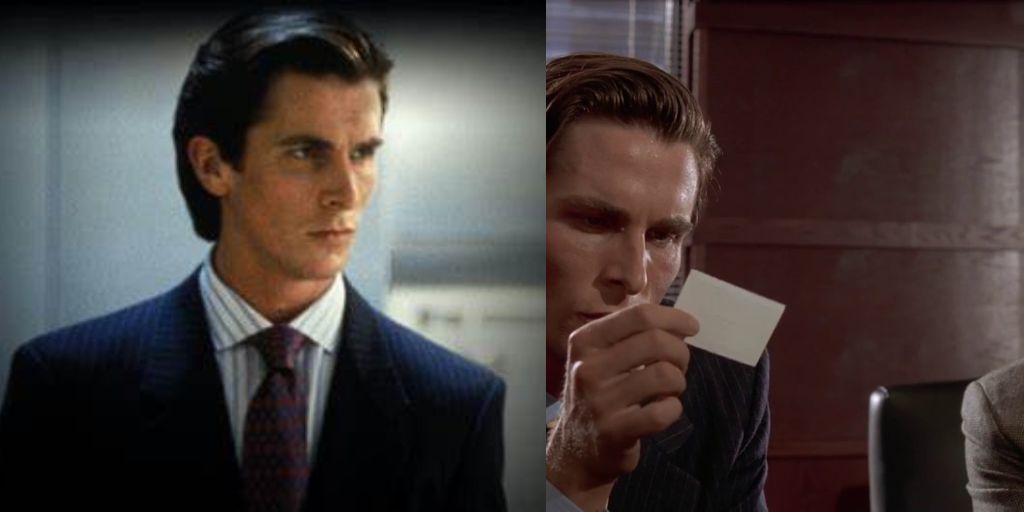
We didn’t think that everything was real because some of it is literally surreal. But we just decided, together, that we both really disliked movies where the big reveal is that it was all in someone’s head or it was all a dream … We just both find that annoying. We just said we’re going to make a really conscious effort to have it be real, and then at some point… he’s sort of perceiving things differently, but they’re really happening.”
Turner pointed out the turning point in the film as the moment when the ATM commands Patrick to feed it a stray cat. She explained, “He shoots at a cop car, and it just bursts into flames, and she just directed him to look at the gun like, Hmmm, how did that happen? But we did want it to be, at the end, that you really did think that he did these things.”
Turner does not offer a clear explanation for the film’s ending, leaving it intentionally ambiguous. Whether Patrick Bateman killed Paul Allen or any of the 20 to 40 people he believes he killed, one thing is certain: Patrick Bateman is psychotic, and if he hasn’t killed anyone yet, his gruesome drawings suggest that it is only a matter of time.
The Appeal of Ambiguous Endings Like American Psycho’s and Why They Stick with Us
Movies with ambiguous endings keep us guessing, and American Psycho does this perfectly. It stands alongside classics like the 1999 drama series The Sopranos, which left viewers hanging after the screen suddenly went black.
After seven seasons of watching Tony Soprano call the shots, we are left wondering — did he get killed in that diner? We will never know, and that’s the point.
Inception also uses this kind of open-ended storytelling, with Dom’s fate spinning alongside that top. Is he still dreaming, or did he finally wake up? We do not know for sure because the film blurs the line between dream and reality.
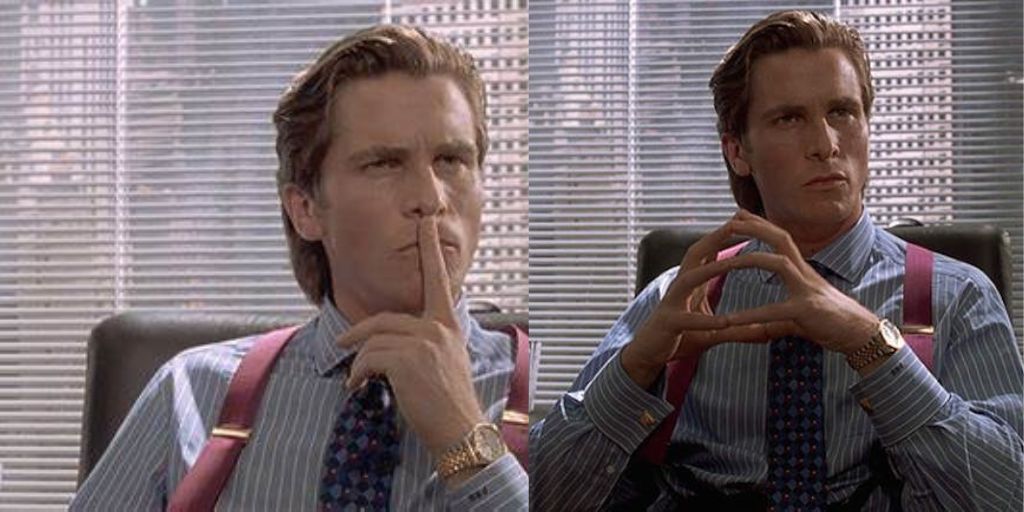
These films tap into our shared experience of uncertainty and force us to confront our need for closure. In American Psycho, that ambiguity is particularly unsettling because it mirrors the shallow, disconnected world Bateman lives in.
It is a world where no one pays attention to anything but themselves, so it does not matter if dozens of people are murdered. The ambiguity in these stories is not just a storytelling device but a key part of their message.
American Psycho is currently streaming on Peacock in the U.S.


